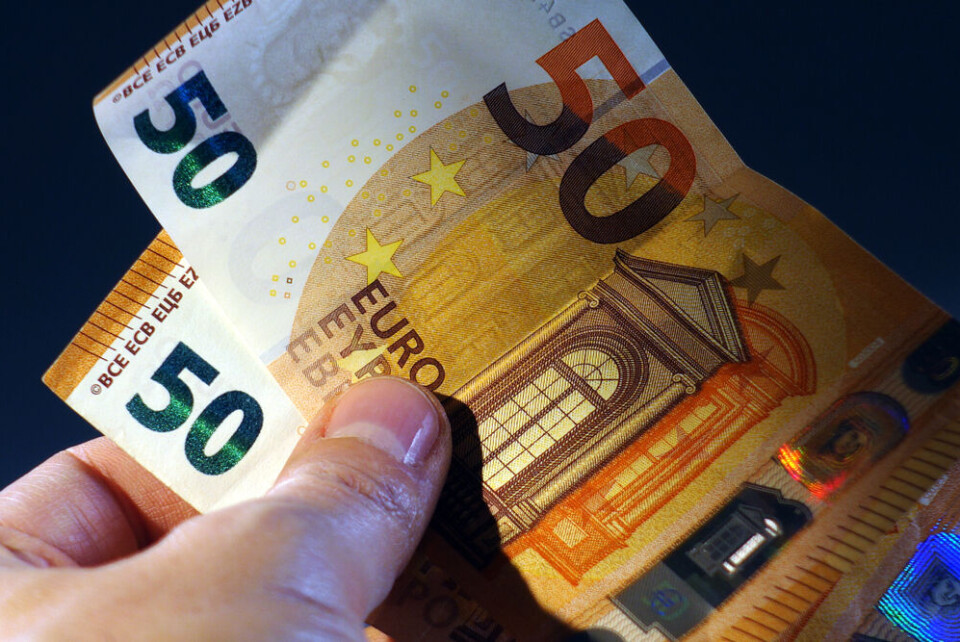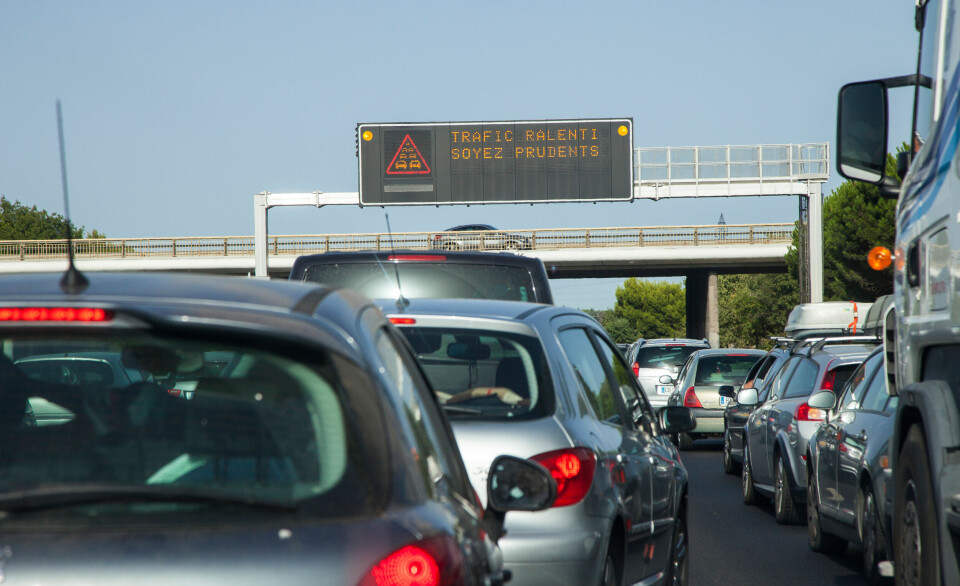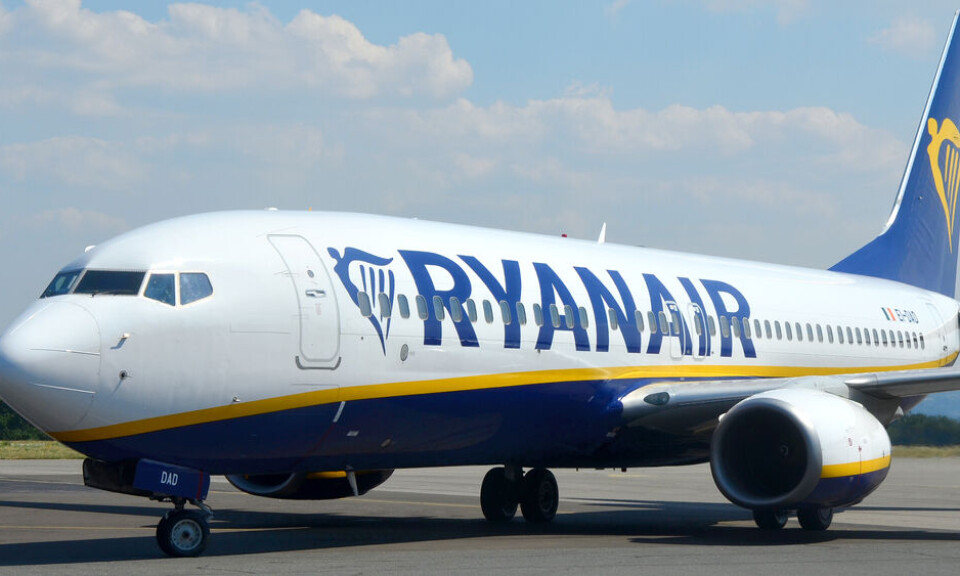-
Cold Christmas in France, but little chance of snow
High-pressure system will move into France from north-east at the start of next week
-
British ‘Puppet Master’ conman in French jail wins phones back on appeal
Robert Hendy-Freegard was given a six-year sentence after hitting two gendarmes with his car
-
Alleged British hacker in jail in France offers to help with police data breach
Recent attack targeted police files
Police warn against spread of counterfeit €20, €50 and €100 notes
The spread of the notes in southeast France is ‘especially worrying’ in the run-up to Christmas, police said, and offered some tips on how to detect fakes

Police in southeast France are warning against the circulation of fake €20, €50 and €100 notes, especially in the Côte d'Azur.
The fake notes are thought to originate in Italy, and have been purchased online. They are generally found on €50, but have increasingly been found on €20 and €100 notes too.
Jérôme Vial, head of the economy and finance division of the Nice police, told Nice Matin that the spread is especially worrying for shopkeepers so close to Christmas.
The notes are undetectable as fakes by the pens often used by shopkeepers to detect false money, but Mr Vial said that there are some clues to their fraudulent status.
He said: "You have to take a good look at the changing ink on the number. On these counterfeit notes, the ink is fixed.”
The production of counterfeit notes is severely punished in France, and risks up to 30 years imprisonment and a fine of €450,000. Those who knowingly put counterfeit money into circulation also risk five years imprisonment and a fine of €75,000.
Some of the numbers identified on the counterfeit €50 notes include: SB 89772375370, SB 8877236760, SB 8877236060; SB 89772375361, SB 8877236051, SC 7340373450; SC 8340303450, SC 8340303451, SD 9370536760, SD 9370536751, SE 7867234060; SE 8370536060, SE 7867234051, SS 7370373760, SS 9370376760, SS 9370376751.
It comes as a record 130,000 fake banknotes were seized last month in Paris, and a Senegalese citizen was taken into custody for alleged “circulation in an organised gang of falsified or counterfeit money”.
Similarly, in May this year, a group of 10 people were arrested for their suspected role in a fake euro banknote trafficking network in which they sold at least €300,000 of counterfeit bills.
How to spot a fake banknote
The recommended way to test if a banknote is authentic is the 'feel-look-tilt method'. You can also use special pens or devices that retailers often use.
The feel-look-tilt method is one you can apply easily at home. The banknote should feel crisp and firm. When you look at it against the light, the portrait window, the watermark and the security thread should become visible.
Finally, as you tilt the note, the image on the hologram and the colour-changing number on the back of the note should change.
For a more detailed breakdown of the feel-look-tilt method, you can check the European Central Bank’s website here.
Related stories
Network of fake euro banknote traffickers discovered by French police
New €50 aims to beat counterfeits
Look out for fake €50 bank notes
























